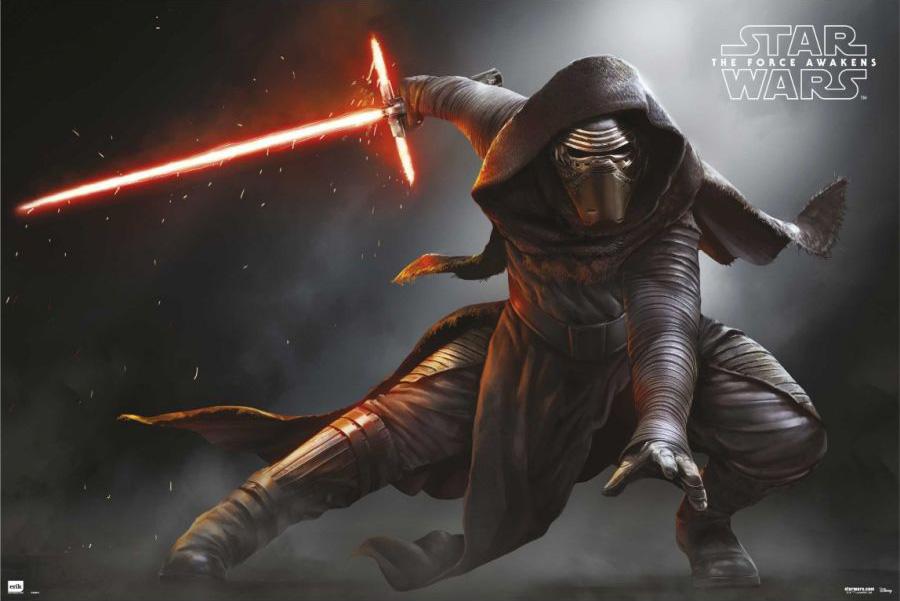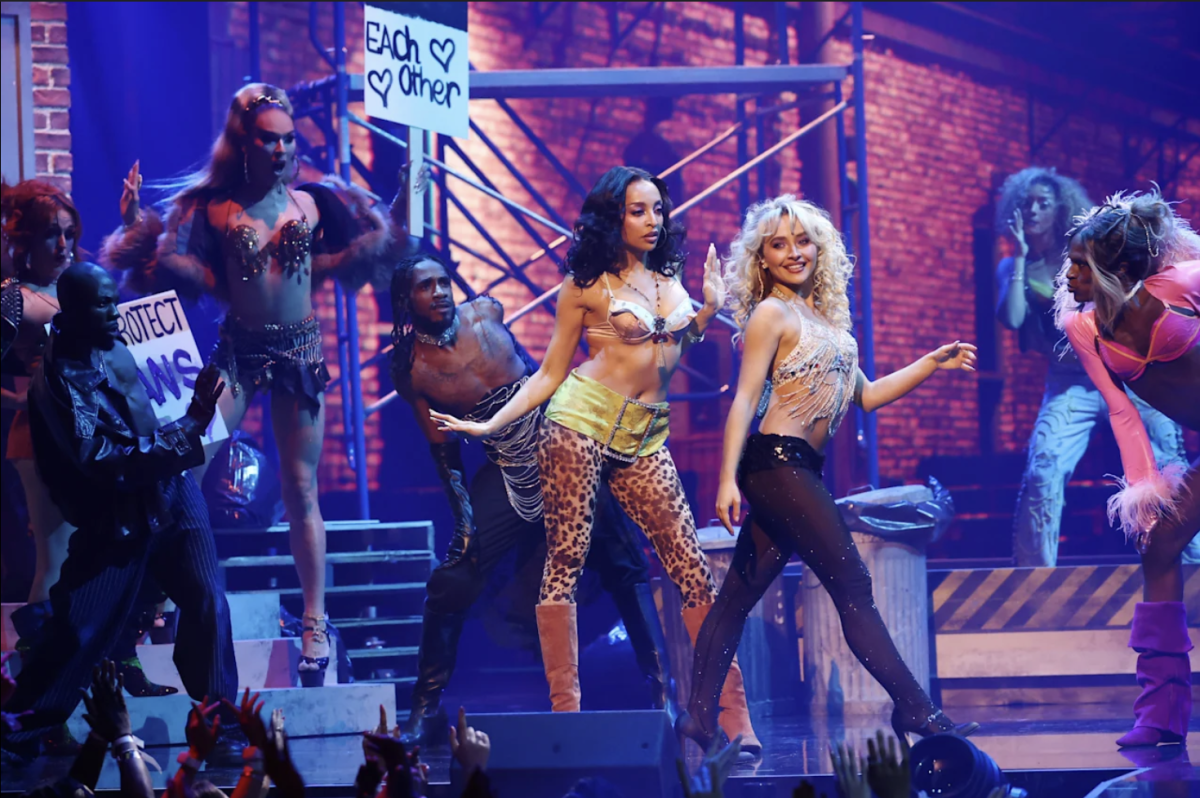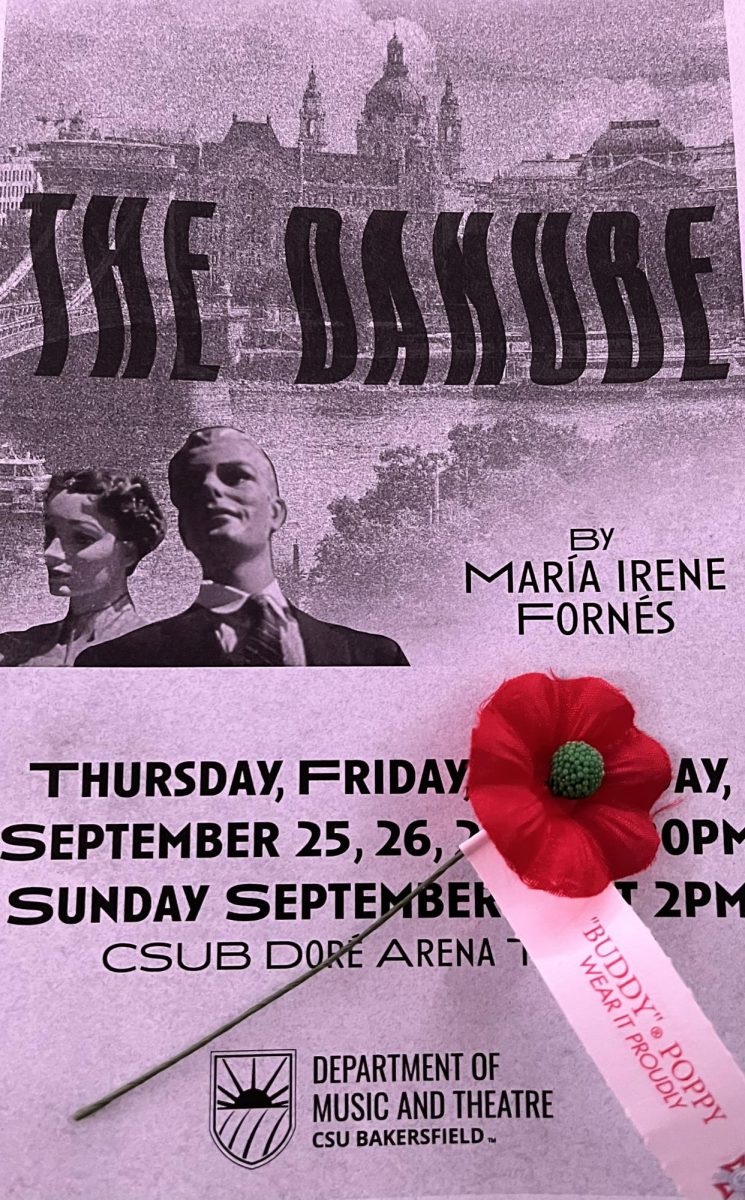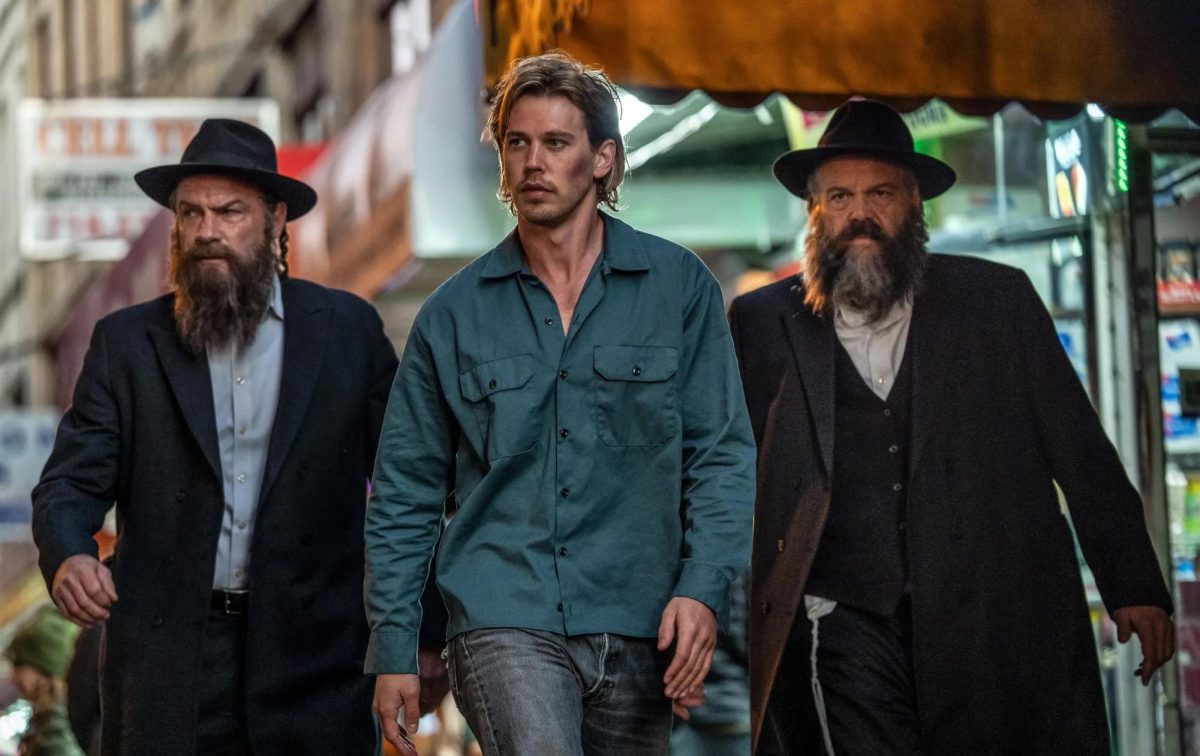By Graham C Wheat
Features Editor
From the opening scroll of those familiar yellow letters drifting off into the oblivion of space, Star Wars: The Force Awakens at once feels lived in, yet somehow fresh and commensurate with a new space opera of epic proportions.
Breaking records all over the planet, if you haven’t seen “ The Force Awakens,” it will find you somehow. Toys, video games, clothing- there is nearly no limit to the amount of merchandise and Star Wars tie-ins that are, and will continue to, permeate pop culture. If you hate Star Wars but love coffee, be prepared—there is even Star Wars coffee creamer. The “force” will find you.
However, this is a double-edged lightsaber so to speak.
Its strengths are also its weakness.
There is something to be said about just how “lived in” this Star Wars feels.
Contrary to the pre-quels (Episode 1, 2 and 3) that had a sheen of high politics and grandiose set pieces, “The Force Awakens” is rooted in what the original trilogy did so well.
Showing a glimpse into an unknown world that is grander than even the characters realize is what made those original movies so interesting and kept people so engaged. The audience is damn near as clueless as the protagonist to the scheme of the galaxy, and we are taking the journey with that character.
The audience doesn’t need to know the politics of the Galactic Trade Federation’s decision to lift a blockade on a planet. All we need to know is that someone on that planet is getting screwed by a series of events nearly out of their control. We get to know their fears, ambitions, and motivations for accepting, or not accepting, the situation thrust upon them.
TFA does this with aplomb. The newest protagonist, Rey (a girl finally!), is plopped into the galactic battle for good and evil with only myth and legend of “the good ol’days of Jedi” as a reference point for the tempest that is swirling around her.
If it sounds familiar, it is.
The original trilogy, especially “A New Hope,” asks the audience to take a journey with the main protagonist, the lowly farmhand Luke Skywalker.
Sure TFA is a little derivative in the sense that it mimics these story tropes from the original movies, but after five minutes into this new journey, you really don’t care.
J.J. Abrams, the lens flare king (see new Star Trek movies he has directed), seems to have toned down his esoteric plot arcs and rooted himself in creating more practical effects and visual cues.
He is a little heavy-handed with the visual story telling, specifically his use of bright white light and dark, brooding shots to signal the audience when to feel or take note of a particular character, it wasn’t telegraphed completely.
After all, it is a kid’s movie.
However, visual storytelling is almost always preferred to long expository dialogue trying to explain something. We didn’t need to know exactly what Midochlorians are Qui-Gon.
The gritty, dusty world that seems like a skeleton compared the most recent iterations, and the bones are where this new one was built. The practical effects and props harken back to what made the first trilogy an amazing experience. It feels real, for the most part.
Getting to see a whole new generation of nieces and nephews, sons and daughters, or brother and sisters get lost in the space opera and lore of Star wars is what is most exciting. The fervor of a younger generation is fueling this beast, and it is a good thing.
4 out of 5 lightsabers





